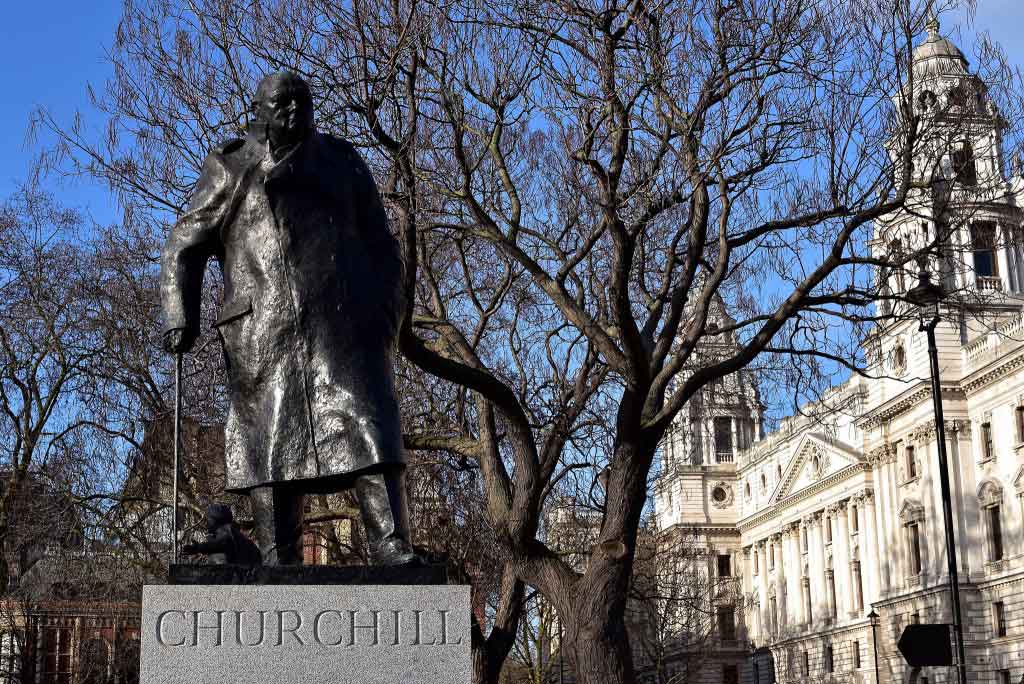
Reference
British Political Parties in Churchill’s Time

Winston Churchill, Parliament Square, London © Sue Lowry & Magellan PR
October 14, 2008
By Prof. John Ramsden, Queen Mary & Westfield College
British Union of Fascists
Formed by Sir Oswald Mosley in 1932 after he had left both the Conservative and Labour Parties; a small fringe group that never won a parliamentary seat and whose violent activities were quickly stopped by the British Government in 1934-36. Mosley’s later Union Movement (1948-1979) was even less successful.
Common Wealth
A fringe group that flourished only during Churchill’s wartime premiership, putting up surrogate candidates and winning by-elections where no Labour candidate stood because of the wartime party truce. It was largely absorbed by Labour after 1945.
Communist Party of Great Britain
Formed in 1920, on an initiative from the Moscow-run Communist International, and bringing together pre-existing leftist groups, it never had more than a few thousand members or more than a couple of MPs. It briefly increased its appeal during the 1940s, but was seriously damaged by the Cold War and was formally wound up after the collapse of the Soviet Union.
Conservative Party (“Tories”)
The party can be traced back to as far as the Cavaliers (Royalists) of the English Civil Wars of the 1640s (which heritage was part of its appeal to Churchill, since his ancestor‹an earlier Sir Winston‹had fought for Charles I). Reinforced by the growing concentration of propertied and middle class voters from the 1880s, the Conservatives became the dominant British Party of the 20th century, and governed Britain for two-thirds of Churchill’s parliamentary career. Monarchist, pro-Empire, socially and politically conservative, it was the principal party of resistance to radical change and so prospered in Britain’s highly conservative political culture. It was also pragmatic in its political tactics, with a strong drive towards winning and holding power, notably during the leaderships of Stanley Baldwin (1923-37), Harold Macmillan (1957-63) and Margaret Thatcher (1975-90). Both critics and party loyalists continued to use the label “Tory” as well as the official name “Conservative.” Churchill liked to remember his father as a leader of “Tory Democracy” in the 1880s, and accepted the party leadership as a “Tory” in 1940. Churchill was officially a Conservative from the start of his career until 1904 (when he became an Independent and soon afterwards joined the Liberals), and again from 1924 until his death. He led the Party from October 1940 to April 1955. (See also “Unionist.”)
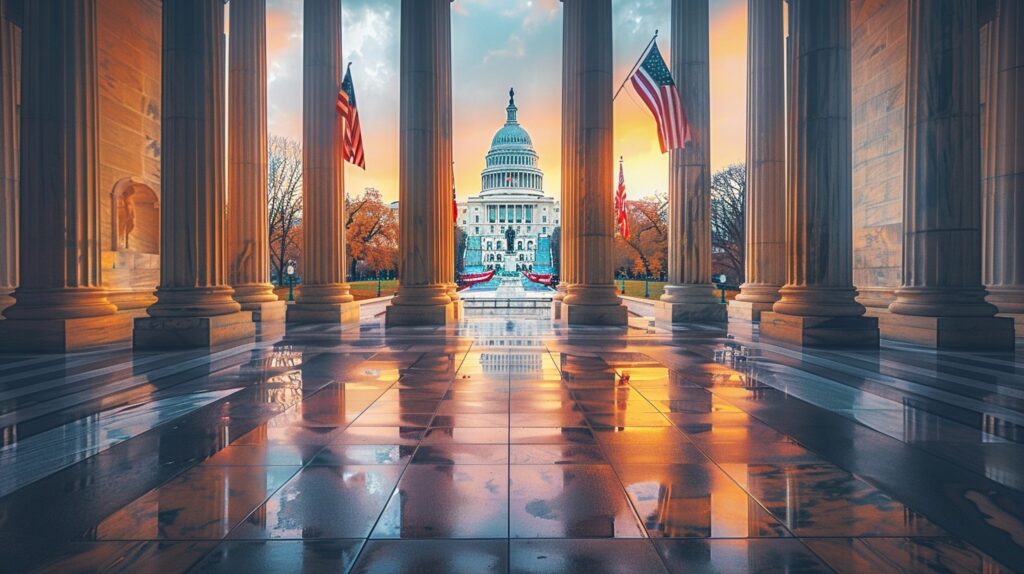
2025 International Churchill Conference
Constitutionalist
Not a party but a label adopted by individual parliamentary candidates in the early 1920s, mainly ex-Liberals who were on the way over to the Conservatives. Churchill was adopted as a “Constitutionalist” at Epping in 1924, but joined the Conservatives as soon as he was elected.
Independent Labour Party
Formed in 1893 as a socialist party, it helped found the Labour Party in 1900, and was thereafter mainly a leftist ginger group within Labour.
Irish Parliamentary Party (“Irish Nationalists”)
From the 1880s until 1918, between 80 and 86 Irish Nationalist MPs sat in the Westminster Parliament (the Irish Parliament having been abolished in 1801). Led by John Redmond, 1900-1917, the Irish MPs were important supporters of the Liberal Government of 1905-15, especially in its quest to restore Home Rule to Ireland. The Party was almost wiped out by Sinn Fein in the 1918 general election after Irish politics had been radicalised by the war and by the aftermath of the Easter Rising of 1916.
Labour Party
Founded in 1900 on the initiative of the Trades Union Congress, the Labour Party was a federation of trades unions, small socialist societies and the Cooperative movement. Initially allied to the Liberal Party in an electoral pact (1903), it moved out of the Liberal alliance during the First World War and in the 1920s replaced the Liberals as the principal party of the Left in Britain. It formed minority governments in 1924 and 1929-31, its first majority government coming only in 1945 under Clement Attlee. Though the Party Constitution of 1918 committed it to the socialist objective of nationalising all the “means of production, distribution and exchange,” it was never a Marxist Party and refused all suggestions of alliances with British Communists.
Liberal Party
Along with the Conservatives, one of the dominant parties of the 19th Century, especially when led by William Gladstone (for most of the period 1867-1894). It was however a grouping always liable to fragment over policy disputes, and lost much support over its advocacy of Irish Home Rule after 1886. Conservative weakness and a revived “New Liberalism” with a more advanced social programme provided it with an Indian Summer in the period 1905-1915, when it formed the strong reforming Government of which Winston Churchill was a Minister.
The Liberal Party was split and deeply damaged by issues arising from the First World War: though Lloyd George survived as Liberal Prime Minister until 1922, he did so only with Conservative support. From 1924 it rapidly became a minor party. Further splits in the 1930s encouraged Churchill to attempt to absorb the Liberals into the Conservative Party after 1945; but they resisted, hung on through the 1950s and then began a steady revival in and after the 1960s. Churchill was a Liberal Party member from 1904 to 1923.
Liberal Unionists
A faction which left the Liberals over Irish Home Rule in 1886, cooperated with the Conservatives thereafter, and merged with the Conservatives in 1912.
Lloyd George Liberals (National or Coalition Liberals)
A faction including Churchill that supported Lloyd George against Asquith when the Liberals split in 1916, and backed Lloyd George’s coalition with the Tories, 1916-1922. Most merged back into the Liberals after 1922, but some strong anti-socialists like Churchill continued to move to the right by joining the Conservatives.
Scottish and Welsh Nationalists
Neither the Scottish National Party (formed 1928) nor the Welsh National Party, Plaid Cymru (1932) made much impact on British politics during Churchill’s lifetime, there being just one Nationalist MP elected in 1945-55 (by the SNP). Both parties expanded their appeal and achieved successes in and after the 1960s.
Ulster Unionists
MPs elected for Ulster (Northern Ireland) constituencies, overwhelmingly on Protestant votes, were opposed to Irish Home Rule. From the 1890s to 1970s, these MPs took the Conservative whip and were practically indistinguishable from other Conservative MPs. When Northern Ireland had its own parliament (1920-1972) it had a permanent Ulster Unionist majority.
Unionist
Referred originally to those who supported the Union of Great Britain and Ireland (after 1921 the Union of Great Britain and Northern Ireland), hence the “Ulster Unionist Party.” When the Conservative and Liberal Unionist Parties merged in 1912, they officially became “The Unionist Party” until 1925, and when Irish issues subsided somewhat in the 1920s, the Party was still officially called (until the 1990s) the “Conservative and Unionist Party.” In Scotland and some other places, such as Birmingham, Conservatives were officially called “Unionists” until at least 1945. As a result of this, Neville Chamberlain, a Birmingham MP who had begun life as a Liberal Unionist, was Churchill’s predecessor as Leader of the Conservative Party (1937-40), but was never actually elected to Parliament as a “Conservative,” and hated the word as a party label.
Subscribe
WANT MORE?
Get the Churchill Bulletin delivered to your inbox once a month.
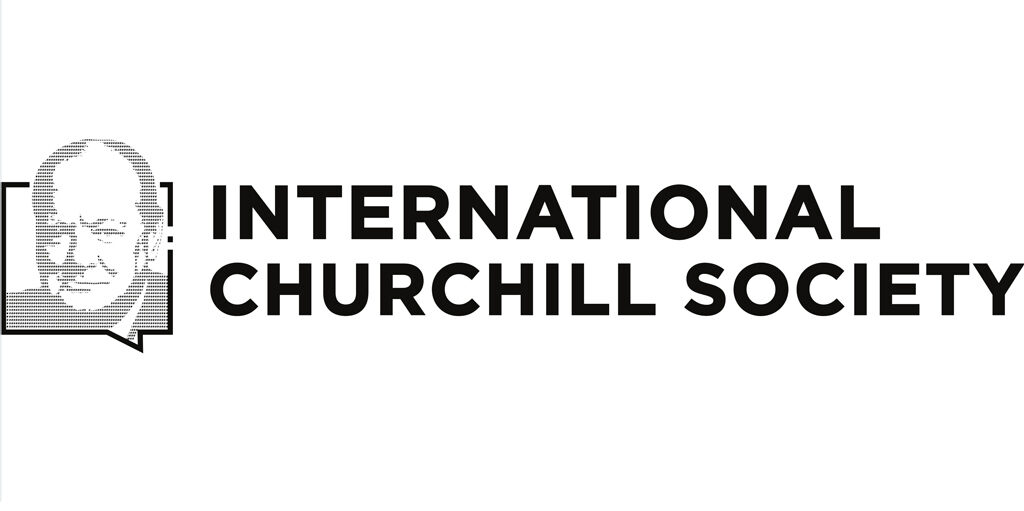
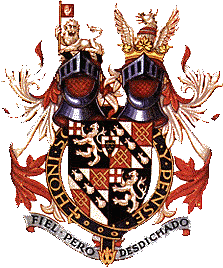
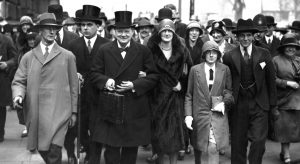
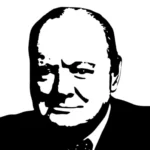
 : ICS OFFICIAL
: ICS OFFICIAL |
|


 Winston Churchill’s painting “The Bay of
Winston Churchill’s painting “The Bay of 


